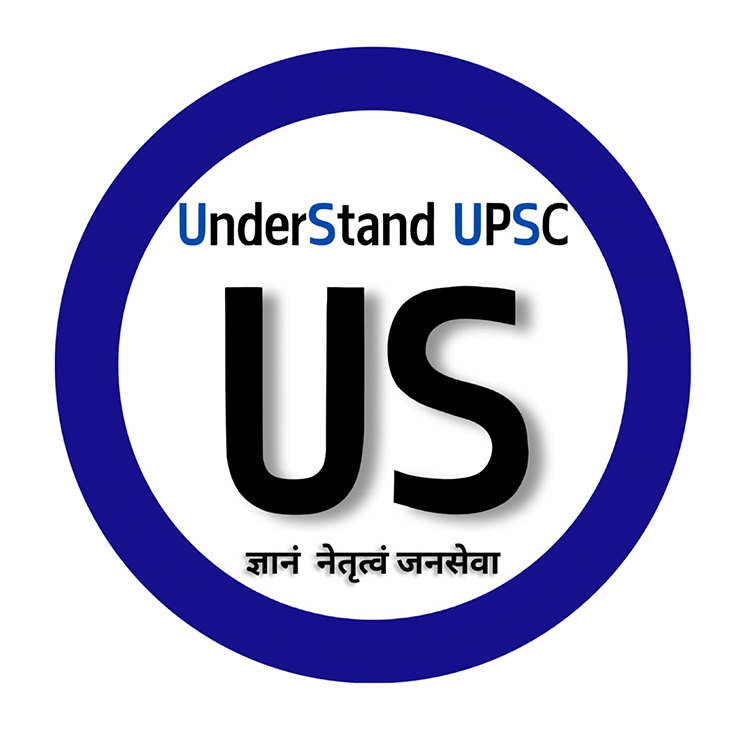Introduction
- The Association of Southeast Asian Nations (ASEAN) is a regional organisation of Southeast Asian countries that works to promote economic cooperation, political dialogue and regional security.
- It was created on 8 August 1967 in Bangkok through the ASEAN Declaration (Bangkok Declaration) by Indonesia, Malaysia, the Philippines, Singapore and Thailand.
- Over time it has expanded to 11 members: Brunei, Cambodia, Indonesia, Laos, Malaysia, Myanmar, the Philippines, Singapore, Thailand, Vietnam and Timor-Leste.
- Its motto is “One Vision, One Identity, One Community,” and the ASEAN Secretariat is located in Jakarta, Indonesia.
Institutional Mechanism
ASEAN’s work is carried out through:
- ASEAN Summit – meeting of leaders to set broad policy direction and adopt declarations.
- ASEAN Coordinating Council (ACC) – foreign ministers who oversee implementation of summit decisions.
- ASEAN Secretariat – provides administrative, technical and analytical support.
- ASEAN Regional Forum (ARF) – platform for ASEAN and partners to discuss political and security issues in the wider Asia-Pacific.
- Decision-making is based on consultation and consensus, often referred to as the “ASEAN way”.
Evolution and Major Milestones
- Association of Southeast Asia (ASA), 1961 – an earlier grouping for economic, cultural and social cooperation among some of the same states.
- Bangkok Declaration, 1967 – formally establishes ASEAN.
- First ASEAN Summit, 1976 – leaders commit to regional peace and stability.
- Treaty of Amity and Cooperation (TAC), 1976 – lays down norms of peaceful coexistence and non-interference.
- ASEAN Free Trade Area (AFTA), 1992 – framework for gradual tariff reduction and trade liberalisation.
- ASEAN Charter, 2008 – gives ASEAN legal personality and strengthens institutions.
- ASEAN Economic Community (AEC), 2015 – vision of a single market and production base.
- Participation in Regional Comprehensive Economic Partnership (RCEP), 2020 – consolidates ASEAN’s role at the centre of regional trade architecture.
ASEAN Summit 2025 – Key Outcomes
The 47th ASEAN Summit and 20th East Asia Summit were held in Kuala Lumpur (25–28 October 2025). Important outcomes:
- Kuala Lumpur Peace Accord – reaffirms ASEAN’s central role in promoting peace and resolving regional conflicts, responding to criticism of inaction during crises.
- Kuala Lumpur Declaration on Inclusive Green Growth – commits ASEAN to sustainable, inclusive and resilient economic growth through green finance, sustainable investment, digital transformation and tighter regional economic integration, while narrowing development gaps and addressing climate change.
- Timor-Leste membership – formal admission of Timor-Leste as the 11th ASEAN member, signalling ASEAN’s openness and support for least-developed neighbours.
- New trade arrangements – Malaysia signs a Reciprocal Trade Agreement with the United States and a comprehensive FTA with South Korea, underscoring ASEAN’s position as a hub for trade, digital economy and green economy partnerships.
- Other commitments – strengthening housing resilience and smart city connectivity, speeding up the ASEAN Circular Economy Framework, and adopting the ASEAN Declaration on promoting the right to development and peace as part of inclusive, sustainable development.
- India’s engagement – India was represented by the External Affairs Minister and addressed virtually by the Prime Minister. India reaffirmed its commitment to a peaceful and prosperous Indo-Pacific, strongly supported the East Asia Summit mechanism, and announced 2026 as the ASEAN–India Year of Maritime Cooperation, in line with the ASEAN Outlook on the Indo-Pacific and UNCLOS.
Significance of ASEAN for India
- Market and trade – ASEAN is among India’s largest trading partners and offers a major market for Indian goods and services.
- Core of Act East and Indo-Pacific – ASEAN is central to India’s Act East policy and Indo-Pacific vision through concepts like SAGAR (Security and Growth for All in the Region).
- Balancing regional power – closer ties with ASEAN help smaller Southeast Asian states diversify options beyond China and give India more strategic depth in the region.
- Connectivity to North-East – projects like the India–Myanmar–Thailand Trilateral Highway and Kaladan Multimodal Transit Transport Project can transform India’s North-East into a gateway to Southeast Asia.
- Energy and maritime interests – cooperation with ASEAN states, including Vietnam in the South China Sea, can support India’s energy security and strengthen its maritime presence.
- Rules-based order – ASEAN’s emphasis on a rules-based framework in the Indo-Pacific aligns with India’s preference for freedom of navigation and respect for international law.
Challenges in ASEAN–India Relations
- Trade imbalance – India’s trade deficit with ASEAN has widened, raising questions over the benefits of the existing FTA.
- Limited use of ASEAN as a bloc – India often engages bilaterally with individual member states rather than systematically using ASEAN as a collective platform.
- Competing regional agreements – ASEAN’s focus on RCEP, CPTPP etc. can dilute bandwidth for deepening ties with India.
- South China Sea and China factor – territorial disputes and China’s influence limit how far ASEAN can align with India on security issues.
- Connectivity gaps – delays in physical and digital connectivity projects restrict trade and investment flows.
Way Forward for ASEAN–India Engagement
- Review and rebalance AITIGA to address non-tariff barriers and trade asymmetry.
- Prioritise completion and operationalisation of connectivity projects linking India’s North-East with ASEAN.
- Expand cooperation on maritime security, blue economy and disaster response in the Indo-Pacific.
- Invest in tourism and cultural branding around shared historical and civilisational links.
- Coordinate positions in multilateral forums (UN, EAS, ARF) on rules-based order, UNCLOS, climate change and sustainable development.




